9 Traditional Irish Crafts & Their Fascinating History
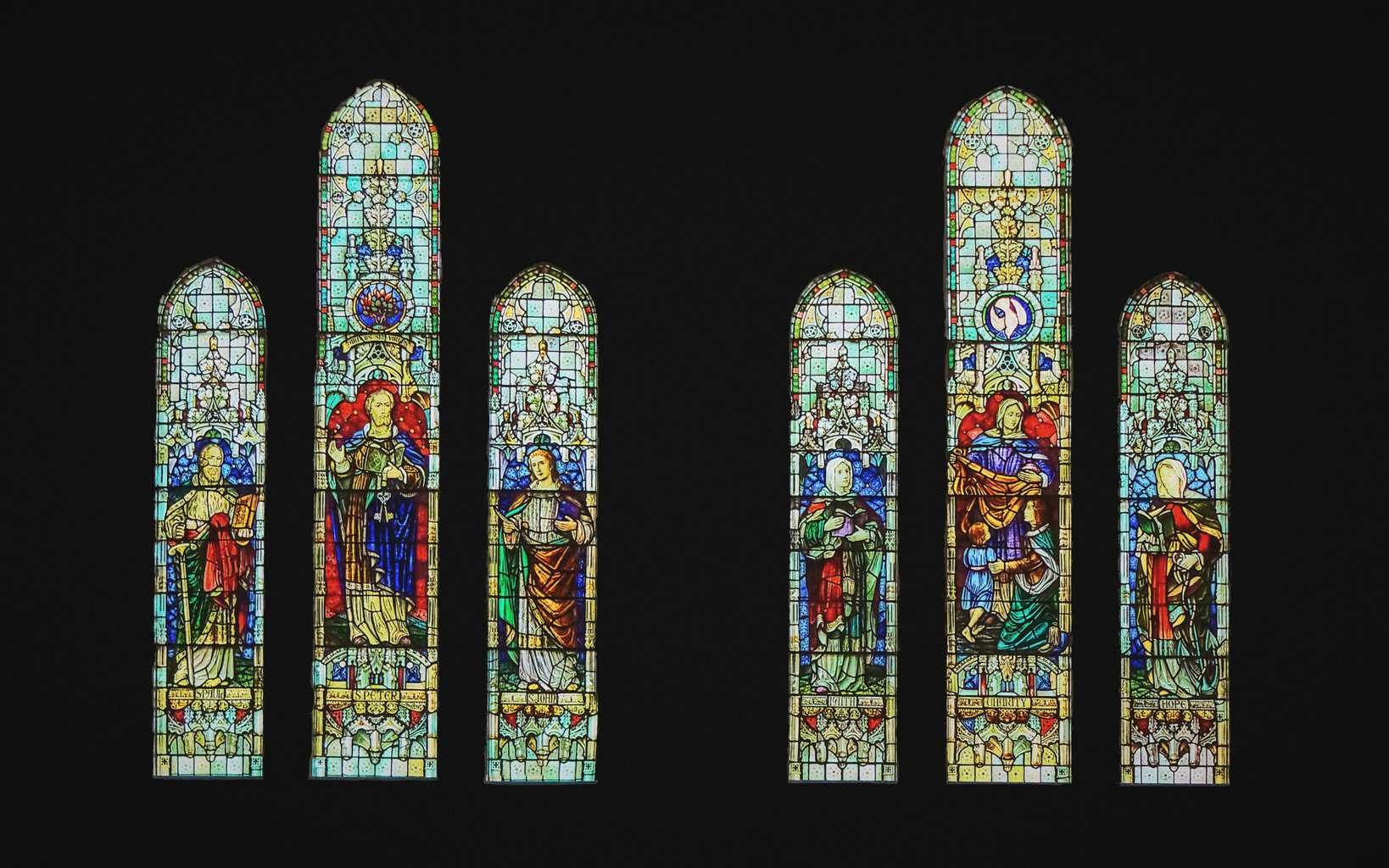
Updated On: April 22, 2024 by Courtney Augello
Traditional Irish crafts have played a significant role in shaping the cultural heritage of Ireland. For centuries, skilled artisans and craftsmen have honed their techniques, passing down their expertise from one generation to the next.
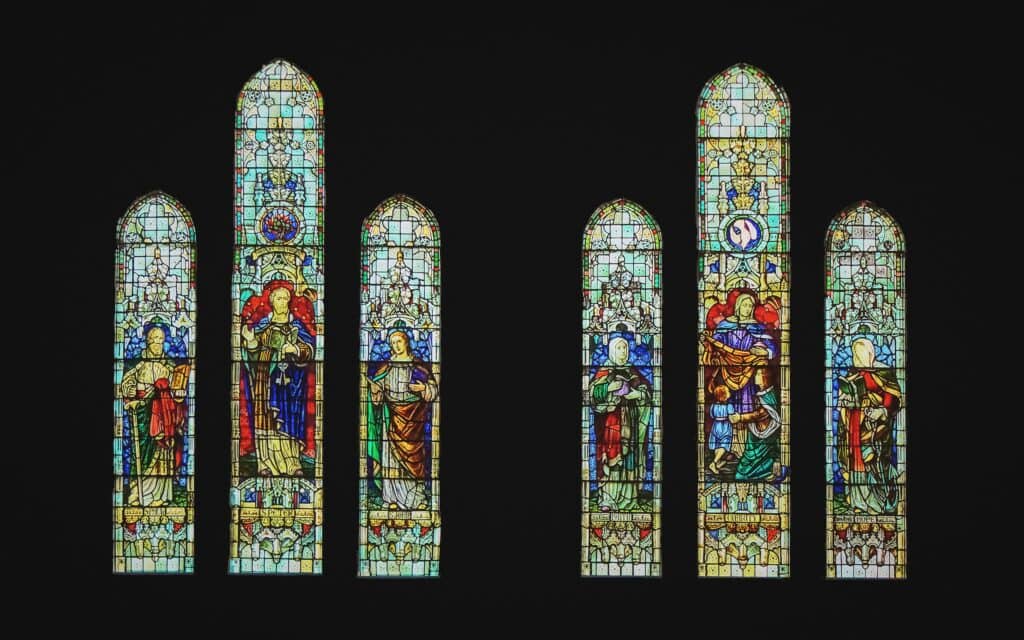
Each craft has its own unique history, reflecting the traditions, values, and artistic expression deeply rooted in Irish culture. Exploring the histories of these crafts not only offers a glimpse into the past but also highlights the enduring legacy and importance of traditional Irish craftsmanship.
Table of Contents
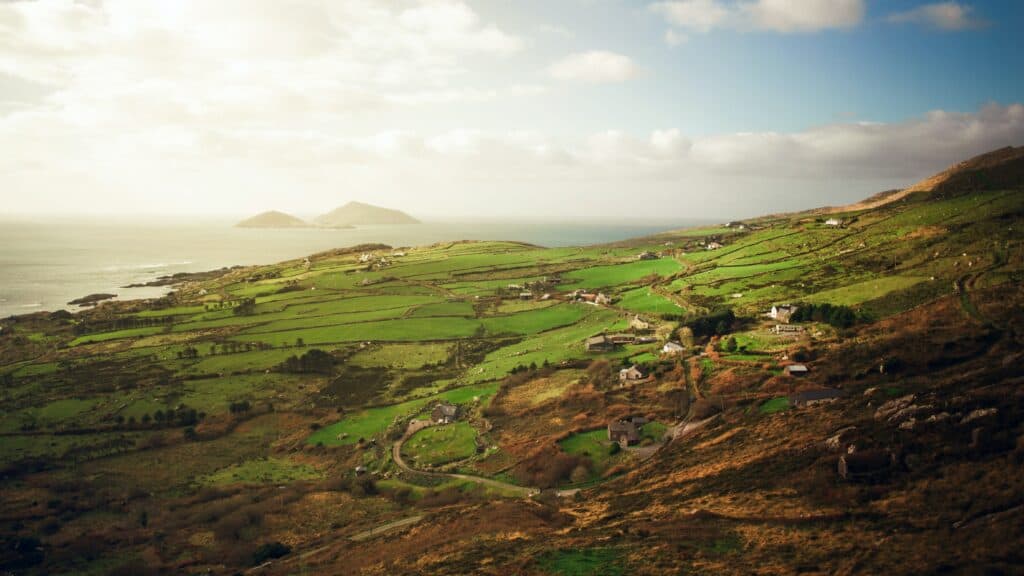
How have Traditional Irish Crafts Shaped the Country’s Culture?
Traditional Irish crafts have played a pivotal role in shaping Ireland’s rich and vibrant heritage throughout history. These crafts have contributed to the country’s cultural identity and have become an integral part of Irish life. Artisans and craftsmen have honed their skills and passed down techniques and knowledge for generations.
Cultural Traditions
One of the ways in which traditional Irish crafts have shaped the country’s heritage is by preserving cultural traditions. Craftsmen have carefully maintained techniques and designs that have been passed down through families for centuries.
The intricate patterns found in Irish lace, Aran sweaters, and Celtic jewellery, for example, reflect ancient Celtic symbols and storytelling traditions. By keeping these traditional Irish crafts alive, artisans have ensured that the cultural heritage of Ireland remains strong and vibrant.
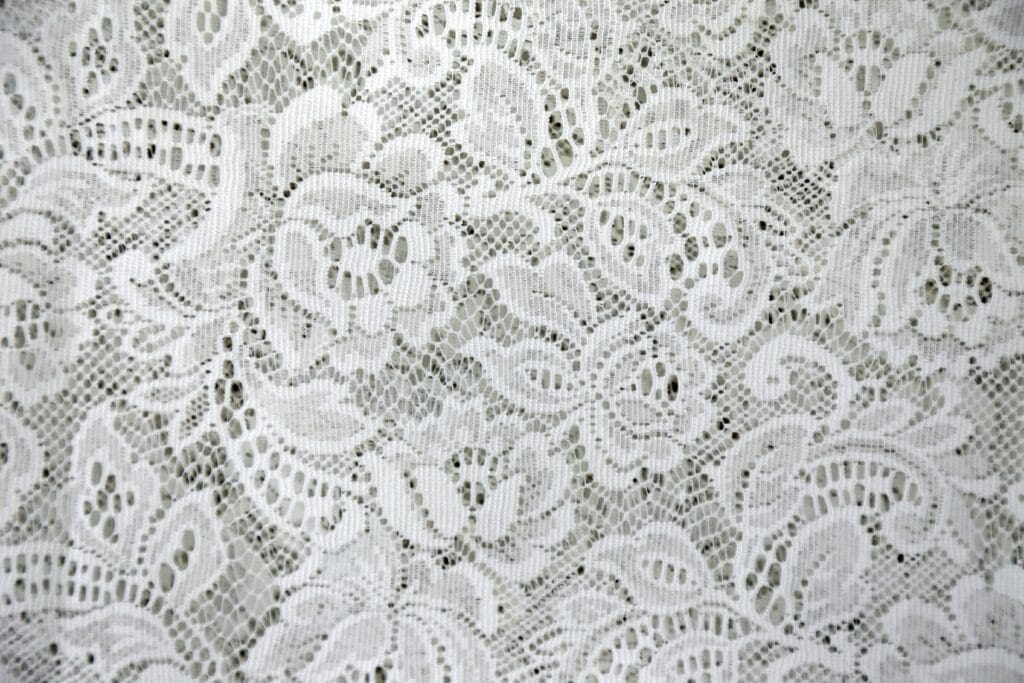
Economic & Community Impact
Traditional Irish crafts have also been a source of economic importance, particularly in rural areas. Craftsmen and artisans have relied on these crafts to sustain local economies. The production and sale of handmade crafts have provided economic stability, boosted tourism, and promoted Irish heritage.
In addition to their economic significance, traditional Irish crafts have fostered a sense of community and pride. Craft making has often been a communal activity, with craftsmen working closely together, sharing knowledge, and supporting one another.
Craft centres and workshops have become gathering places for artisans and enthusiasts, reinforcing social connections and a shared sense of identity. Traditional Irish crafts have helped to pass down cherished traditions from generation to generation.
Global Significance
The impact of traditional Irish crafts extends beyond local communities and has contributed to Ireland’s global cultural exchange. Craftsmen have incorporated influences from other cultures into their work, creating unique Irish interpretations.
Likewise, traditional Irish crafts have been sought after by visitors from around the world, who appreciate the skill, beauty, and cultural significance of these traditional creations. Traditional Irish crafts have become symbols of Irish culture through international appreciation and recognition.

Preservation of Knowledge
Furthermore, traditional Irish crafts have been instrumental in preserving valuable skills and knowledge. Passing down skills and knowledge from generation to generation has been vital in preserving traditional Irish crafts. Craftsmen have taken great care to ensure that their expertise and techniques have been lost to time.
Through apprenticeships and mentorship programs, younger artisans have had the opportunity to learn how to make traditional Irish crafts directly from experienced craftsmen, allowing for the continuity of techniques, designs, and craftsmanship.
By passing down these skills, artisans have ensured the survival of traditional craftsmanship and maintained a tangible link to Ireland’s past while also inspiring the future. These skills have enabled new artists and craftsmen to reinterpret traditional crafts in modern contexts.
How Have Traditional Irish Crafts Survived Over Time?
Traditional Irish crafts have been admirably preserved throughout the years, ensuring that they have not been lost to time. Various factors have contributed to the continued existence and appreciation of traditional Irish crafts.
Cultural Identity
The Irish people’s strong sense of cultural pride and identity has played a significant role in preserving traditional Irish crafts. There has been a concerted effort by individuals, communities, and organisations to recognise the value of traditional Irish crafts and actively work towards their preservation.
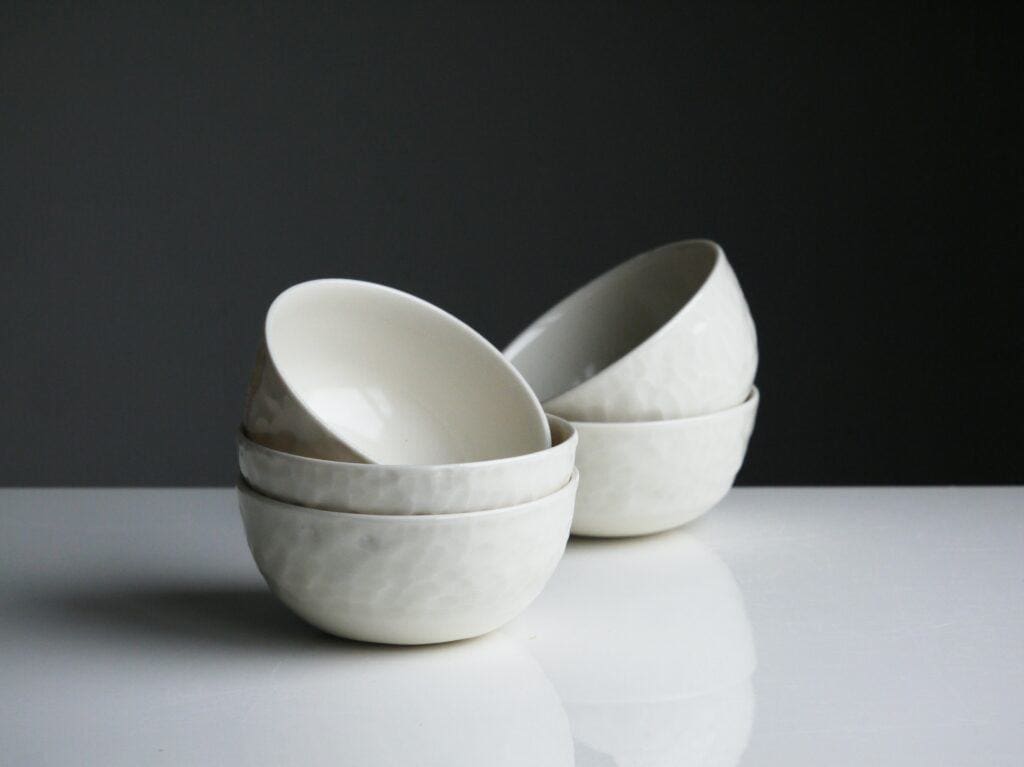
Dedicated Craft Centres
Establishing craft centres and organisations dedicated to preserving and promoting traditional Irish crafts has been instrumental in their preservation. These centres serve as hubs for artisans and provide resources, support, and platforms for showcasing their work.
The craft centres also facilitate educational programs, exhibitions, and events that raise awareness about traditional crafts and their cultural significance. This has led to more recognition of and demand for traditional Irish crafts.
Growing Demand
The recognition and appreciation of traditional crafts within Ireland and internationally have played a crucial role in their preservation. There has been a growing demand for authentic, handmade crafts that embody Ireland’s cultural heritage.
This demand has encouraged artisans to continue their craft, ensuring its survival and providing them with opportunities to sustain their livelihoods.

Furthermore, the tourism industry has played a significant role in preserving traditional Irish crafts. Craft workshops and cultural heritage sites have become popular destinations for tourists seeking an authentic experience of Irish culture.
The revenue generated from these visitors has provided economic incentives for artisans to continue practising their crafts and has contributed to the overall recognition and preservation of traditional Irish crafts.
9 Traditional Irish Crafts
Irish Lace
The tradition of Irish lace-making is a significant part of Ireland’s cultural heritage. It dates back to the 17th century when lacemaking techniques were introduced to Ireland by Irish women who learned them while abroad or from European lace makers.
Irish lace is typically made using fine threads, such as cotton or linen, and intricate patterns are created by hand using various techniques. One of the most well-known types of Irish lace is Carrickmacross lace, which involves appliquéing a delicate lace design onto a sheer fabric.
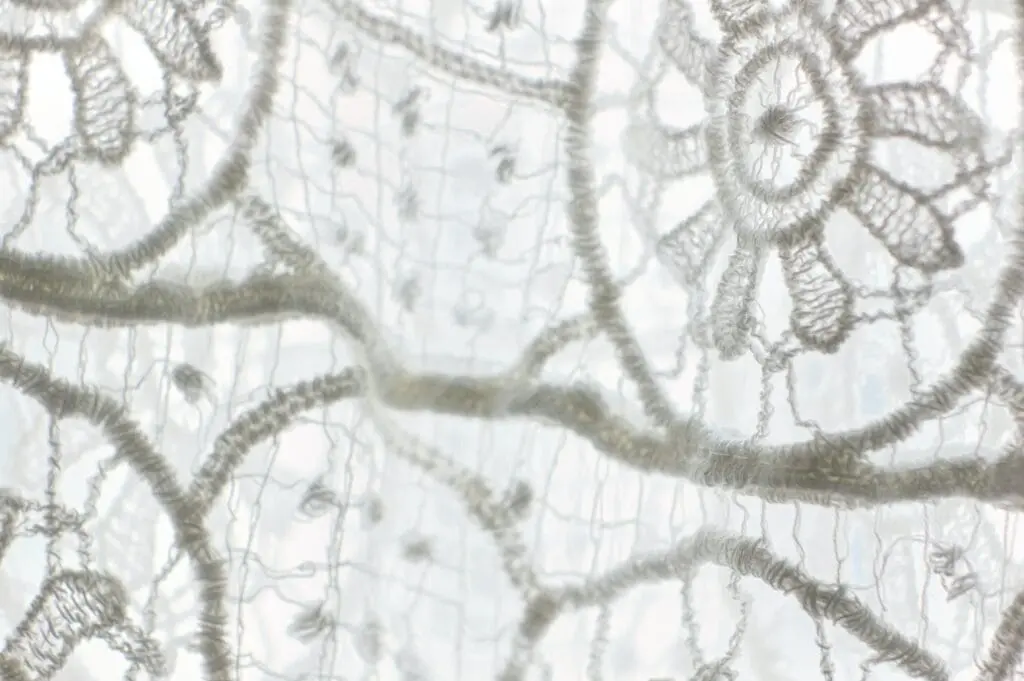
The process of making Irish lace is meticulous and time-consuming. This technique requires skilful cutting and stitching, resulting in exquisite motifs and patterns. Another famous type is Limerick lace, characterised by its fine net background and ornate needlework.
Irish lace has been traditionally used in a variety of ways. One of its most common uses is creating garments, particularly women’s clothing, such as blouses, collars, cuffs, and wedding veils.
Irish lace has also been incorporated into home decor items like tablecloths, doilies, curtains, and pillowcases, adding a touch of beauty and craftsmanship to the household. Additionally, Irish lace has been used in religious garments, such as altar cloths and vestments, adding a sense of reverence and artistry to sacred spaces.
Aran Sweaters
The traditional Irish craft of Aran sweaters holds a special place in the country’s cultural heritage. Aran sweaters, also known as Aran jumpers or fisherman sweaters, originated from the Aran Islands off the west coast of Ireland.
Aran sweaters were traditionally hand-knit by the women of the Aran Islands using locally sourced wool from sheep on the islands. The beautiful patterns and stitches found in Aran sweaters help to provide extra warmth, insulation, and water resistance, making them ideal for the harsh and unpredictable weather conditions of the Atlantic coast.
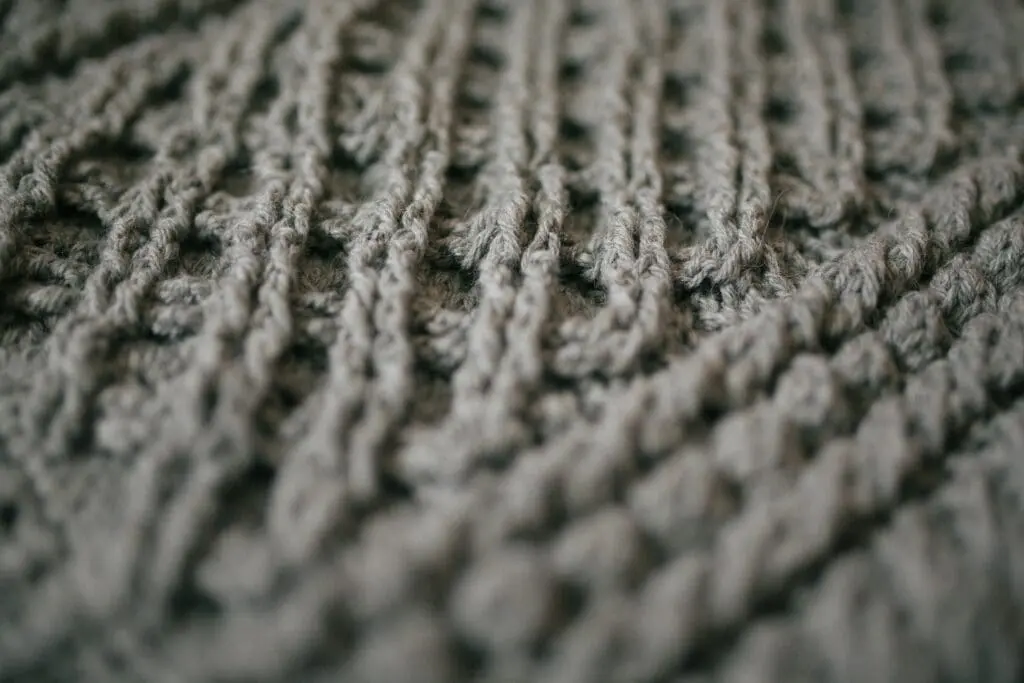
The patterns and stitches often hold symbolic meaning, with each design representing different aspects of island life, such as family heritage, fishing traditions, and religious symbolism. Traditional patterns include cables, honeycomb stitches, diamond patterns, and zigzag stitches, contributing to the unique and recognisable look of Aran sweaters.
The uses of Aran sweaters have evolved over time. Originally, they were worn by fishermen to protect against the cold and damp weather while out at sea. As the popularity of Aran sweaters grew, they became cherished garments for locals and visitors alike.
Today, Aran sweaters are not only practical outerwear but also fashionable pieces, symbolising a connection to Irish culture and heritage.
Celtic Jewelry
The traditional Irish craft of Celtic jewellery holds a special place in the country’s cultural heritage. Dating back to ancient times, Celtic jewellery is renowned for its intricate designs and symbolic meanings.
The Celts, an ancient group of people who inhabited Ireland and other parts of Europe, developed a unique artistic style characterised by elaborate knotwork, spirals, and interlacing patterns.
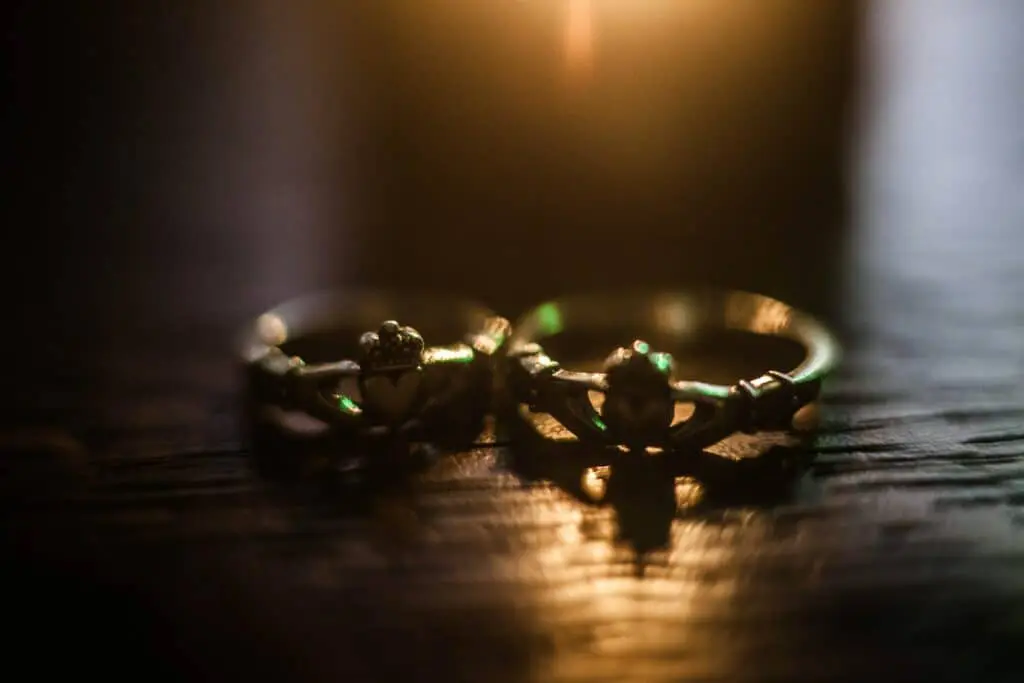
Celtic jewellery has a rich history intertwined with Celtic mythology and spiritual beliefs. The designs often incorporate symbolism related to nature, cycles of life, and spiritual connections. The intricate knotwork, for example, is believed to represent the eternal nature of life, while spirals signify growth and transformation.
Traditionally, the jewellery was made using precious metals like gold and silver. The intricate patterns are meticulously handcrafted using techniques such as filigree, engraving, etching, and stone setting to enhance the beauty and symbolism of the jewellery.
It is common to see Celtic jewellery in the form of rings, pendants, earrings, bracelets, and brooches. These pieces are often gifted for special occasions such as weddings, birthdays, and anniversaries, as they are believed to bring good fortune and blessings.
Celtic jewellery is also used in religious and spiritual contexts. Celtic crosses, for instance, are often worn as a symbol of faith and connection to Irish Christian traditions. The intricate interlacing patterns and symbolism of Celtic crosses reflect a harmonious blend of Celtic and Christian beliefs.
Pottery
The traditional Irish craft of pottery has a long and storied history, with its origins dating back centuries. Pottery making in Ireland has been influenced by both local traditions and external influences, resulting in a unique blend of styles and techniques.
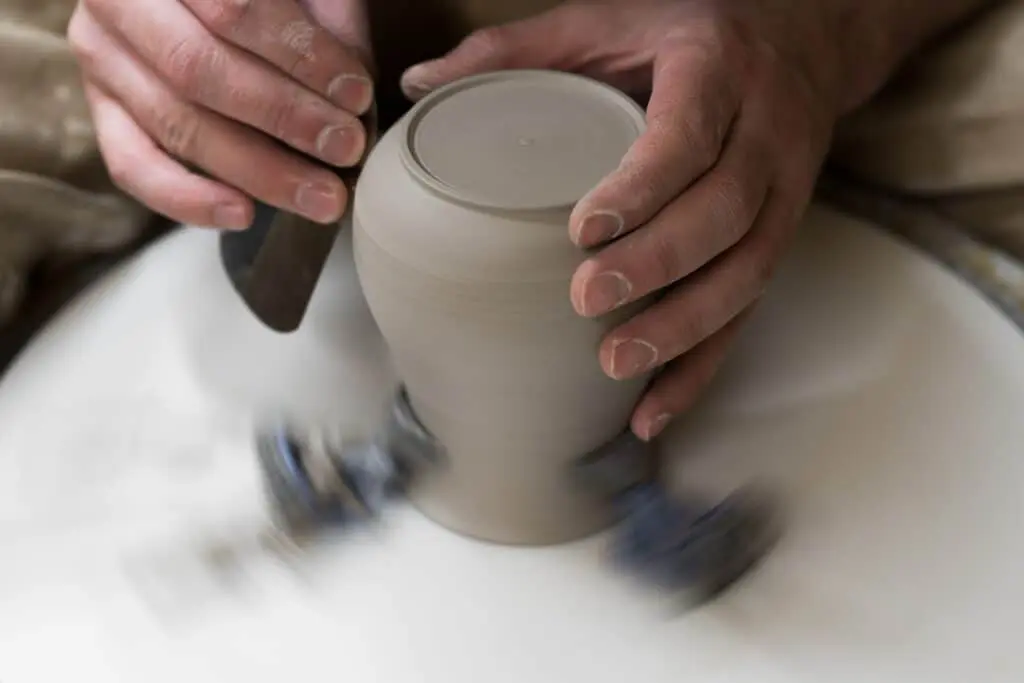
The history of Irish pottery can be traced back to the Neolithic period when early settlers began making rudimentary clay vessels for practical purposes such as food storage and cooking. Over time, pottery-making evolved, and different styles and techniques emerged.
Belleek pottery, founded in the 19th century in County Fermanagh, is known for its delicate and thin porcelain. The distinctive creamy-white pottery is adorned with intricate hand-painted designs, often featuring natural motifs such as flowers, leaves, and shells.
Irish creamware, on the other hand, was prevalent in the 18th century. It is a type of earthenware known for its cream-coloured glaze, often featuring moulded or painted decorative motifs. Irish creamware was used for various functional purposes, including serving dishes, tea sets, and tableware.
The uses of Irish pottery are diverse and encompass both practical and decorative purposes. Throughout history, pottery has been used for storing and cooking food, serving meals, and holding liquids. It has also been utilised in religious and ceremonial contexts, such as creating vessels for sacraments or decorative items for altars.
In contemporary times, Irish pottery is highly sought after for home decor, including vases, bowls, plates, and decorative sculptures. These pottery pieces often showcase the skilled craftsmanship, unique designs, and artistic flair that are characteristic of the traditional Irish craft.
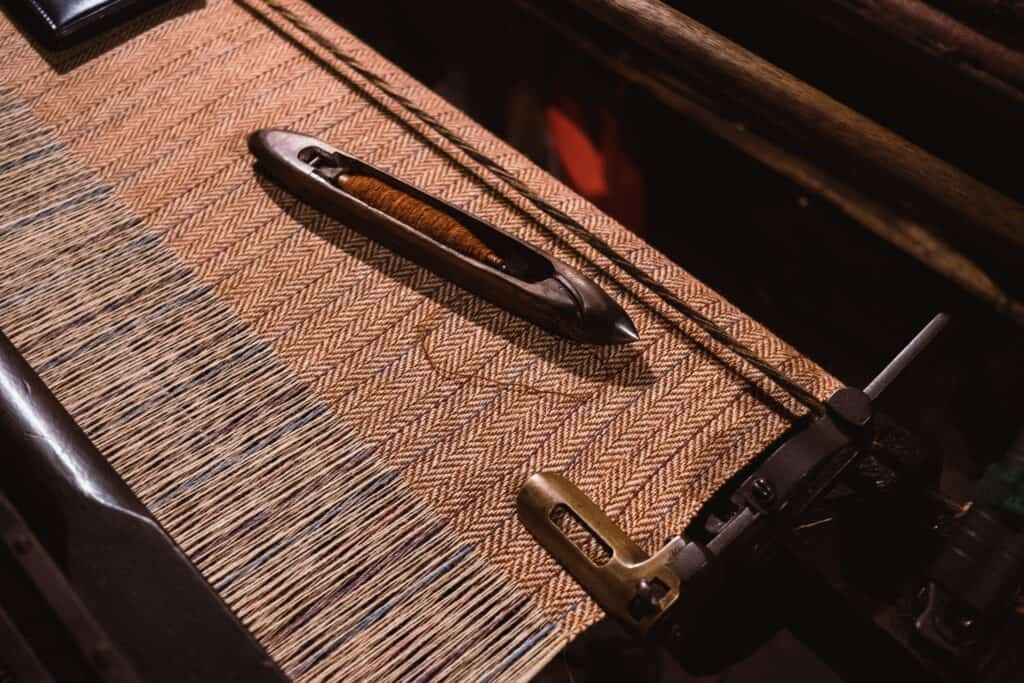
Handwoven Tweed
The Irish tradition of handwoven tweed is deeply intertwined with the country’s history and has become an iconic symbol of Irish textiles. Tweed is a coarse woollen fabric that is known for its distinct flecks of colour and rugged durability.
The history of handwoven tweed in Ireland is rooted in the need for practical and warm clothing to withstand the unpredictable weather conditions. Traditionally, the production of tweed involved shearing wool from local sheep, which was then cleaned, spun, and dyed using natural materials such as plants, moss, and lichens.
The process of handwoven tweed involves careful attention to detail and craftsmanship. The weaver skillfully interlaces the threads, meticulously following a pattern to create the desired design and texture. The result is a durable and versatile fabric that is warm and breathable, making it ideal for the Irish climate.
Handwoven tweed has been traditionally used to create various garments and accessories. One of the most iconic uses is the production of tweed jackets and suits, which are highly regarded for their elegance, craftsmanship, and ability to withstand the elements.
The tradition of handwoven tweed has been instrumental in preserving traditional Irish crafts and supporting local communities. The craft of tweed weaving has been passed down through generations, with skilled artisans and weavers continuing to practice and perfect their techniques.
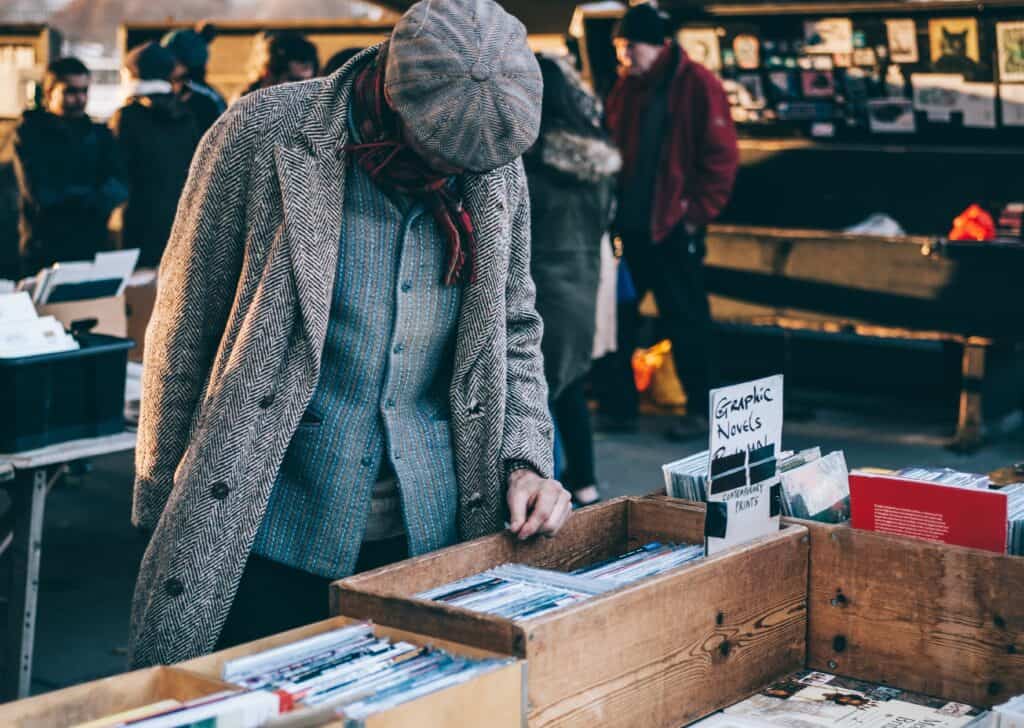
Bodhrán Drum Making
The Irish tradition of bodhrán drum making is an integral part of the country’s musical heritage. The bodhrán is a traditional Irish frame drum that has been used for centuries in traditional Irish music. The history of the bodhrán can be traced back to ancient Celtic times when drums were played at gatherings and ceremonies.
The bodhrán drum is traditionally made from a wooden frame and a goat skin drumhead. The drumhead is typically stretched and tacked onto the wooden frame, creating a taut surface that produces a distinctive resonant sound. The drumhead is often treated with natural substances such as beeswax or linseed oil to enhance its durability.
The bodhrán drum holds a significant place in Irish music, particularly in traditional Irish music and performances. It is played using a wooden stick called a tipper or beater, which is struck against the drumhead to create rhythmic patterns and beats that complement other instruments, such as fiddles, flutes, and accordions.
The bodhrán drum has also found its way into contemporary music genres and is increasingly used in various musical styles beyond traditional Irish music. Its versatile sound and percussive qualities make it a popular choice for musicians seeking a rhythmic foundation and a unique Irish touch in their compositions.
The Irish tradition of bodhrán drum making continues to thrive today, with skilled craftsmen dedicated to preserving and advancing the art form. Their expertise and attention to detail ensure the production of high-quality bodhrán drums that are sought after by musicians worldwide.
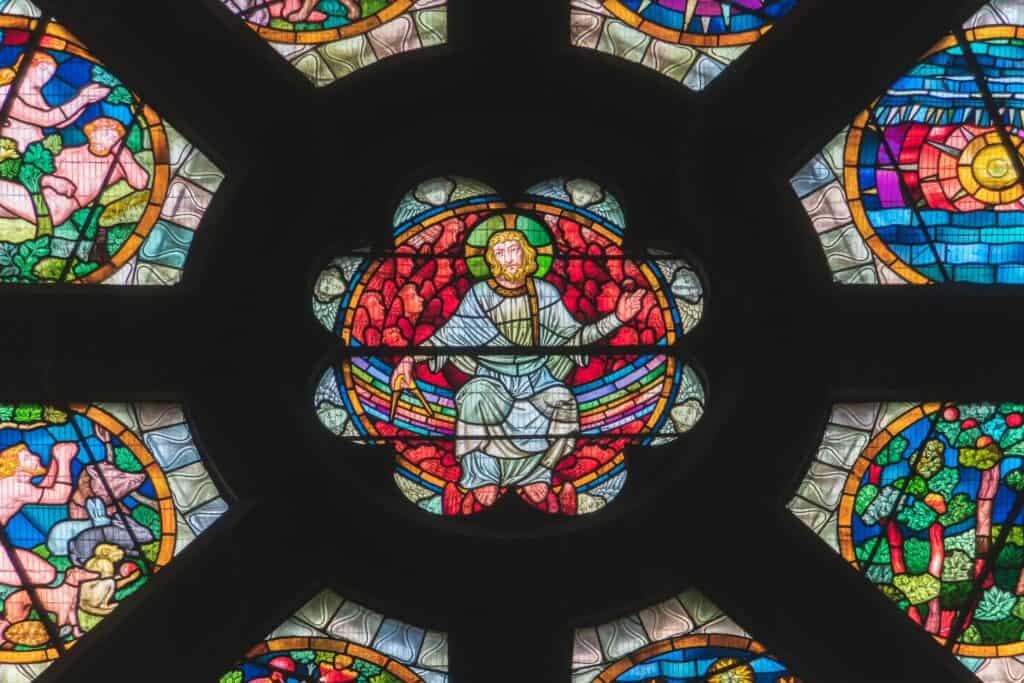
Stained Glass
The Irish tradition of stained glass holds a significant place in the country’s architectural and artistic heritage. The history of stained glass in Ireland can be traced back to the early Christian period when the practice of creating colourful glass windows for churches and monastic buildings began.
Stained glass is created by assembling pieces of coloured glass, often in various shapes and sizes, to form intricate designs and images. The glass pieces are carefully cut, shaped, and arranged to fit together and then held in place by lead cames, which are the metal strips that hold the glass pieces together.
The process of creating stained glass involves a combination of artistic vision, technical skill, and craftsmanship. Skilled stained glass artists, known as glaziers, employ various techniques to bring their designs to life.
These techniques include painting details and shading on the glass using specialised enamel paints, applying silver stain to create a yellow or golden hue, and incorporating techniques such as acid etching or sandblasting to achieve desired effects.
The uses of stained glass in Ireland are diverse and often centred around religious buildings. Stained glass windows are a prominent feature in churches, cathedrals, and chapels throughout the country.
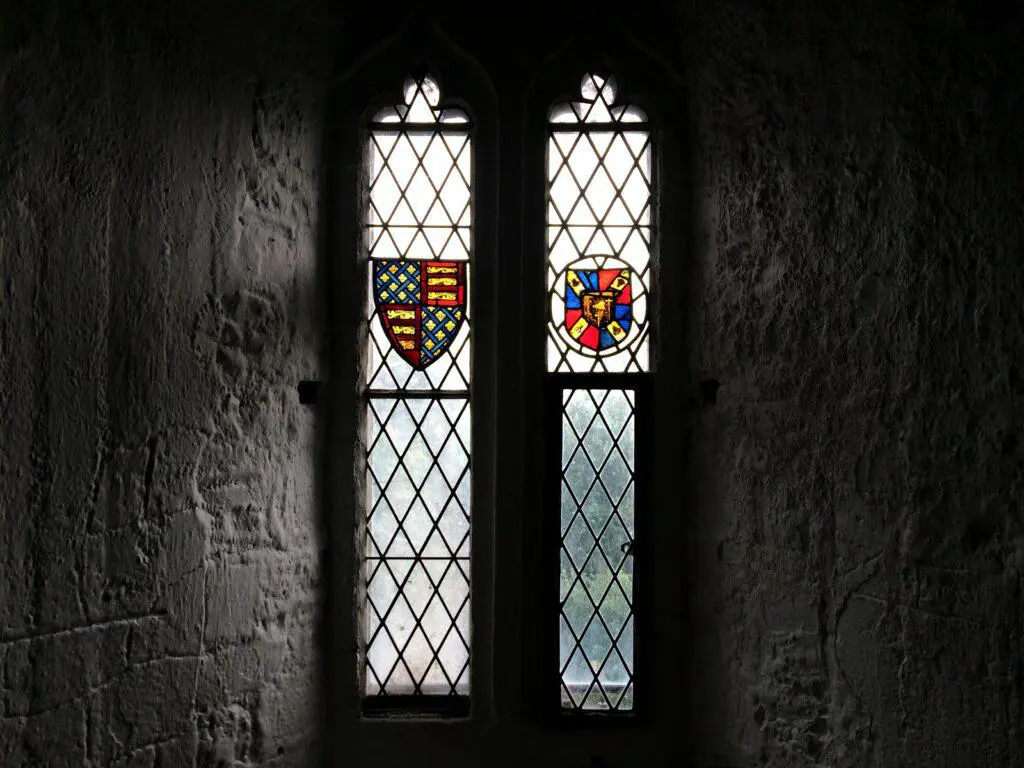
These windows serve both a functional and decorative purpose, allowing colourful light to filter into the sacred space while depicting scenes from religious narratives, saints, and biblical stories. Stained glass windows bring a visually captivating and spiritually evocative ambience to these spaces.
In addition to religious contexts, stained glass is also used in secular buildings, public spaces, and private residences. Its use in public buildings, museums, and historical sites contributes to the preservation and celebration of Ireland’s cultural heritage. Stained glass can also be found in decorative panels, lamps, and art installations.
The Irish tradition of stained glass continues to be celebrated and preserved through the dedication of skilled glaziers and the appreciation of its artistic and cultural value. Stained glass windows and installations continue to captivate audiences with their intricate designs, vibrant colours, and ability to convey narratives and emotions through glass.
Connemara Marble Carving
The Irish tradition of Connemara marble carving is a unique and cherished part of Ireland’s cultural heritage. Connemara marble, a distinct green marble found exclusively in the Connemara region of western Ireland, has been treasured for centuries for its beauty and significance.
Connemara marble carving involves the shaping and sculpting of this exquisite stone to create various decorative objects and jewellery. Tools such as chisels, saws, and grinders are used to shape the marble and bring out its inherent beauty.
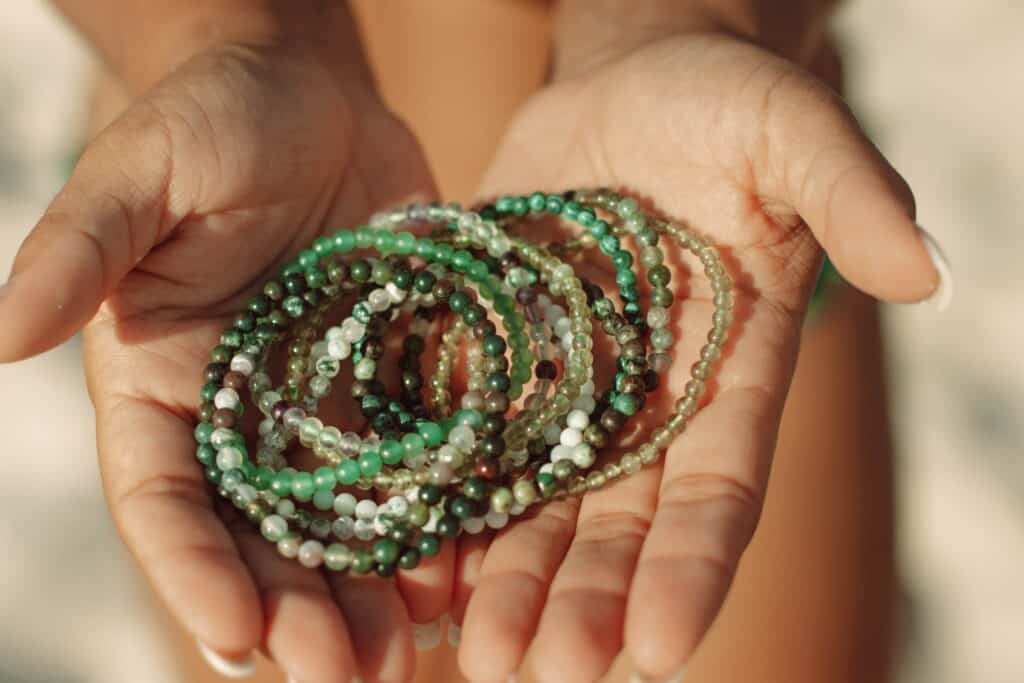
The carving process requires a deep understanding of the stone’s unique properties and characteristics. Connemara marble is a relatively soft stone, making it ideal for carving intricate details and achieving smooth finishes.
Connemara marble carvings have a wide range of uses. The stone is transformed into various decorative objects, including figurines, sculptures, and ornamental pieces. These carvings often depict traditional Irish symbols, Celtic motifs, or natural elements such as animals, shamrocks, or Claddagh symbols.
Connemara marble is also highly sought after for the creation of exquisite jewellery pieces, such as pendants, earrings, and bracelets, which showcase the unique beauty of the marble. Connemara marble carvings are often seen as treasured keepsakes, gifts, or mementoes that evoke a sense of connection to Ireland and its natural beauty.
Woodworking
The Irish tradition of woodworking has a rich history that spans centuries. Woodworking in Ireland has been deeply influenced by the country’s natural resources, with artisans using locally sourced timber to create a wide range of functional and artistic objects.
Woodworking involves the shaping, carving, and joining of wood to create various objects and structures. Traditional woodworking in Ireland often relies on hand tools such as chisels, saws, planes, and carving knives.
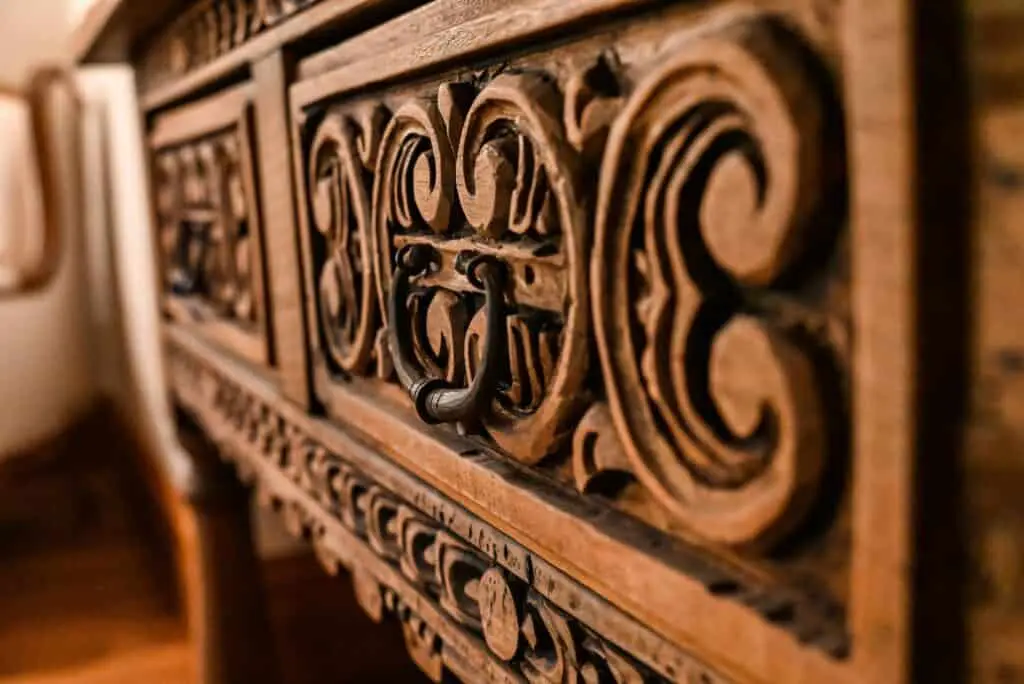
The uses of Irish woodworking are diverse and encompass both practical and artistic purposes. Throughout history, Irish woodworkers have created essential items for everyday use, including furniture, utensils, tools, and household objects. Traditional Irish furniture, such as dressers, tables, and chairs, showcases intricate joinery and exquisite carvings.
In addition to functional objects, Irish woodworking has also produced beautiful decorative pieces and artistic sculptures. Wood carvings featuring traditional Celtic patterns, religious symbols, or representations of nature are commonly seen in churches, cathedrals, and public spaces throughout Ireland.
One notable product of Irish woodworking is the Blackthorn Shillelagh. The Shillelagh is a traditional Irish walking stick made from the strong and dense wood of the blackthorn bush. The blackthorn stick is known for its durability and formidable reputation as a self-defence weapon.
Irish woodworking continues to thrive today, with artisans and craftsmen preserving traditional techniques while incorporating contemporary designs and approaches. The appreciation for handmade and locally crafted wooden objects remains strong in Ireland, as these items possess a timeless quality and showcase the beauty of natural materials.
The Irish tradition of woodworking represents a deep connection to nature, a celebration of craftsmanship, and a testament to the artistic expression embedded in Irish culture.
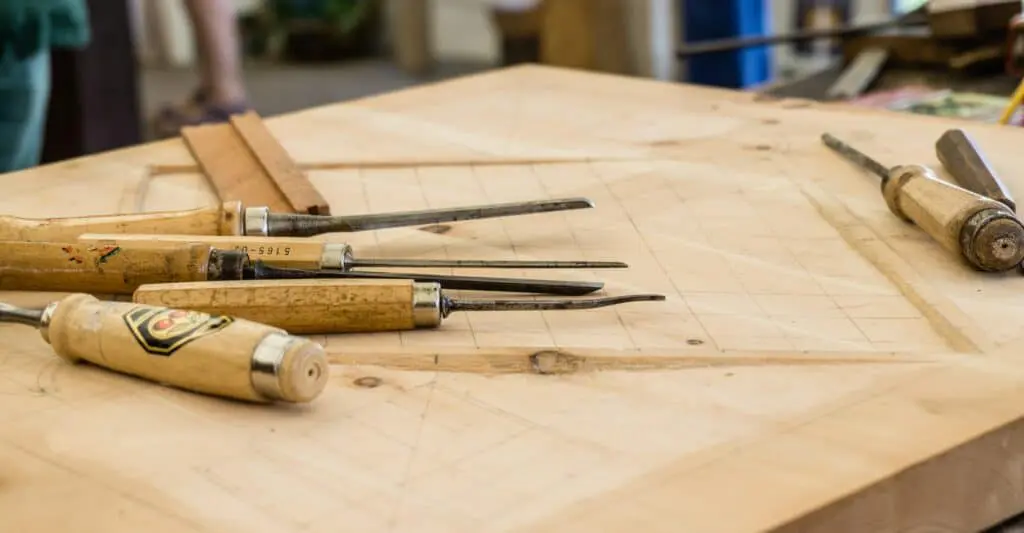
Traditional Irish Crafts are Works of Dedication and Beauty
Traditional Irish crafts have played a significant role in shaping Ireland’s cultural heritage and have left an indelible mark on the country’s history. These crafts, passed down through generations, embody the creativity, skill, and cultural identity of the Irish people.
From the intricate lace-making to the rugged Aran sweaters, from the symbolism of Celtic jewellery to the functional beauty of pottery, each craft carries a story, a connection to the past, and a celebration of Irish traditions.
Traditional Irish crafts have not only been used in everyday life but have also become treasured symbols of Irish identity shared across generations and proudly displayed in homes, churches, and cultural centres.
If you’re interested in learning more about traditional items, check out Northern Ireland Heritage Crafts: 5 Exciting Crafts To Try!






